Traditional fragrance making techniques
Traditional fragrance making techniques
Fragrance, originated from herbs, not only fragrance overflowing nose, but also eliminating pollution, curing illness, recuperating body and mind, in a relaxed and happy heart, helping people calm down.
The ancients had long known that incense made from natural fragrance and preservation of plant original state had the effect of nourishing the mind and mind.
In the ancient Chinese pharmacy book "Essentials of Materia Medica", there are records about burning aloes to nourish body and mind.
"The aloes are warm and all the trees float, while the aloes sink alone, so they can sink into the air and fall into spit and saliva. They can also fall or rise. Anger makes you angry, but calm makes you angry. The fragrance enters the spleen, so it can adjust the qi.
"Burning incense leads to a quiet walk and a clean feast." Su Shi's poem vividly depicts the life interest of Zhang Wenxiang by the literati at that time. However, to modern times, the long distance of tea is still rare, but the warmth of that fragrance is gradually fading away.
In 2014, traditional fragrance making techniques were listed in the fourth national intangible cultural heritage list.
Fragrance is a thin strip made of wood chips and spices, which is ignited to worship ancestors or gods and Buddhas, and also used to remove foreign bodies. Most of them are made in different places, but their skills are different. They are especially famous for their medicinal fragrance in the west city of Beijing and Guanxiang in Dongguan, Guangdong.
Medicinal fragrance is made by grinding ecological wood such as aloes and sandalwood and precious traditional Chinese medicine into powder. After comprehensive medicinal properties, various prescriptions are made up according to the princes, ministers, assistants and assistants. Natural fragrances of various formulations are made by boiling, steaming, stirring, roasting and artillery.
Varieties are cable incense, tar incense, plate incense, incense pills, powder, incense ingots, incense cakes, etc. There are fumigation, furniture, jewelry, beauty, oral drinks and so on.
Guanxiang, taking the local unique Guanxiang trees as raw materials, cut off the tree body after four or five years of planting, cover the stump and soil, and collect soil after two or three years.
During the collection, the non-fragrant oil accumulation of wood was eliminated, and the remaining oil was Guanxiang. According to the texture of Baimuxiang, sickle, toothfragrance, aloes and other varieties, the fragrance was round and mellow, and then extended to beads, carvings and other handicraft products, as well as Guanxiang tea, Guanxiang wine and other edible products.
Traditional incense has evolved from sacrificial articles into a pleasant and nourishing fragrance culture. Incense, tea fighting, illustration and hanging pictures are the four elegant styles of ancient literati. Whether reading or writing, or drinking tea, we should burn a furnace of incense to create an atmosphere.
Every incense burning is the beginning of a practice. Burning incense is also like ritual Buddha, with a pious heart, choose a clean and quiet environment, put the incense table neatly, take out the incense, put it into the incense table and light it with open fire.
It is also ignited in the hand, extinguished with a hand fan, and then placed on the fragrance table. The process of burning incense slows down the mood and gives life to an ordinary fragrance.
A burner of incense and a plume of smoke can not only meditate, but also have insight into the vagueness of Vatican smoke. Look at the smoke in silence, or straight up, or circuitous and dazzling; sometimes vigorous and surging like falling into five miles of fog; sometimes solitary as the absolute wall outstanding and quiet.
Dedicated intake of nose root aroma, or rich, or fresh, or elegant, or mellow, bring unique feelings.
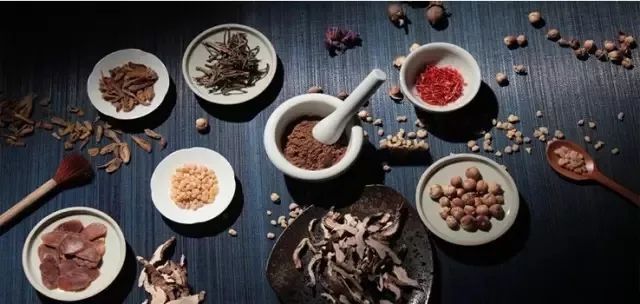
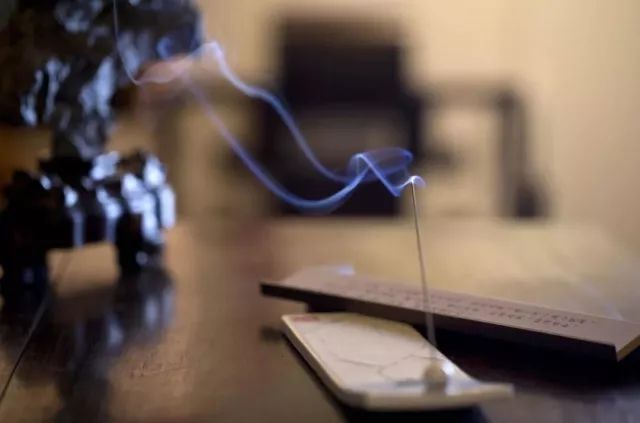
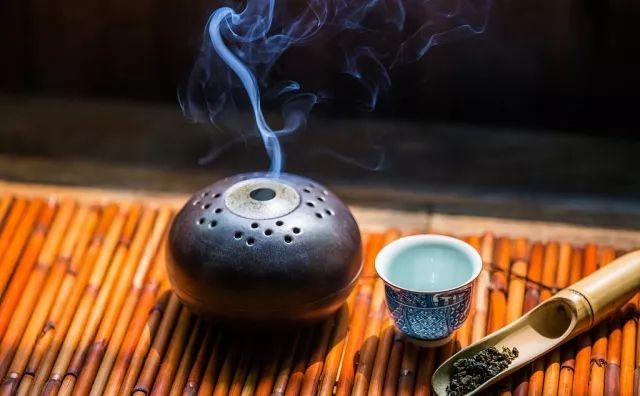
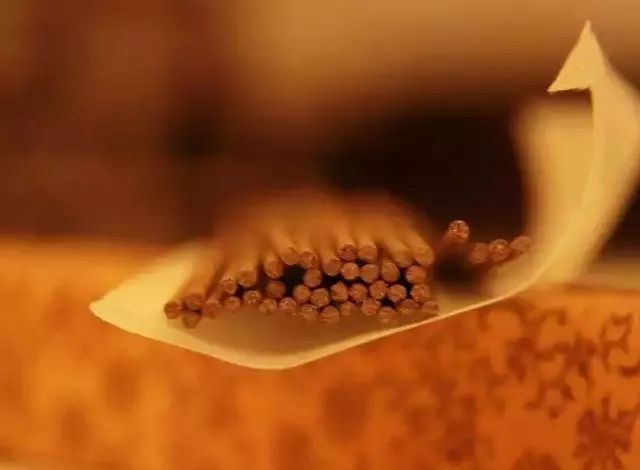
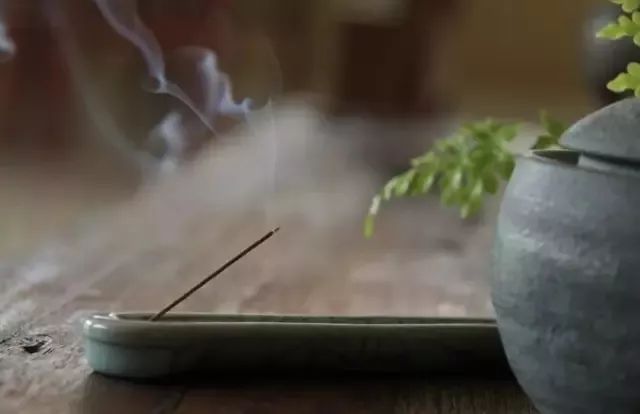
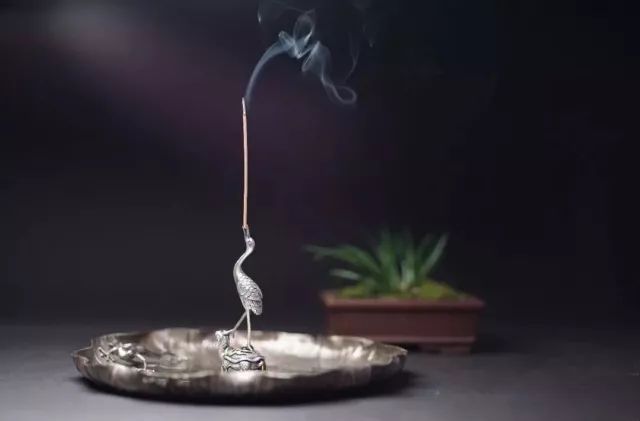
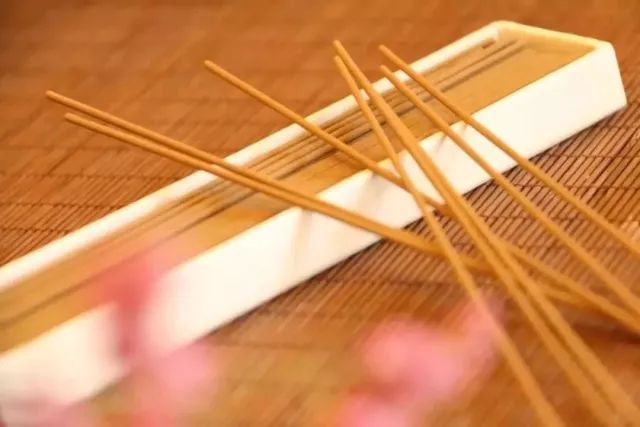
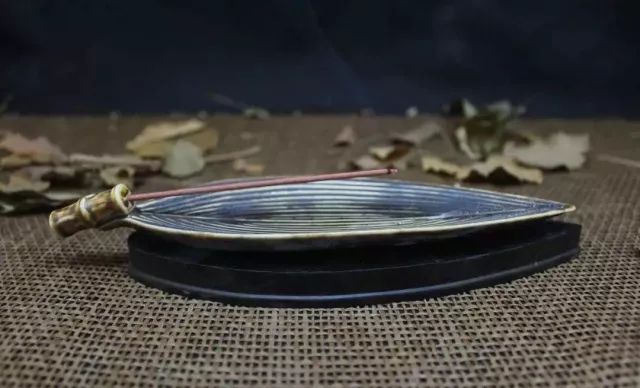
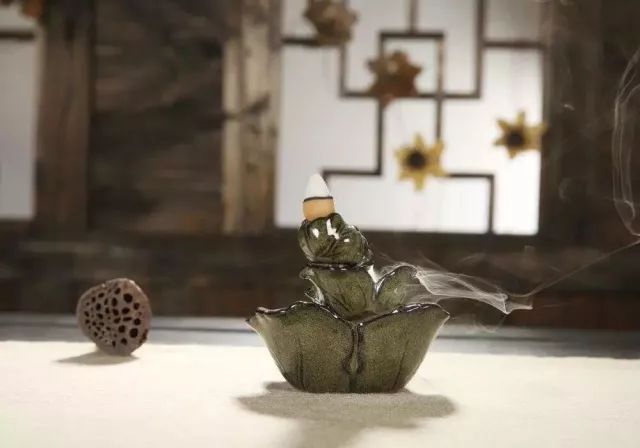
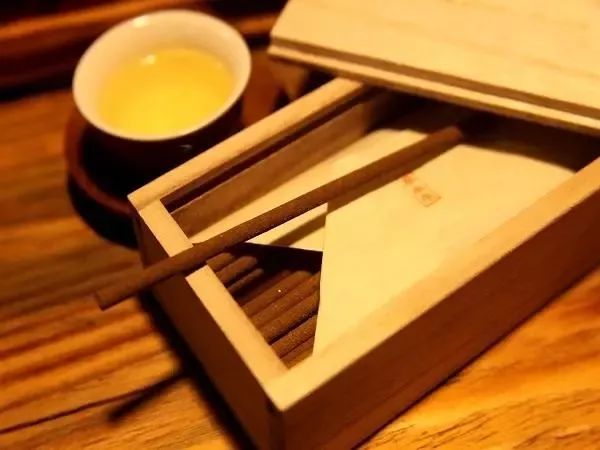
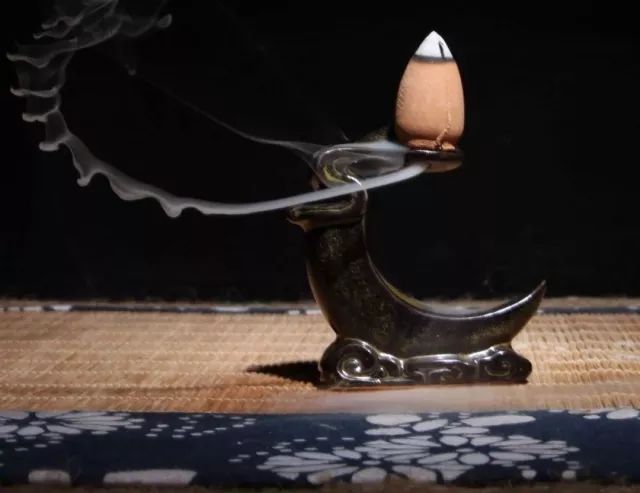
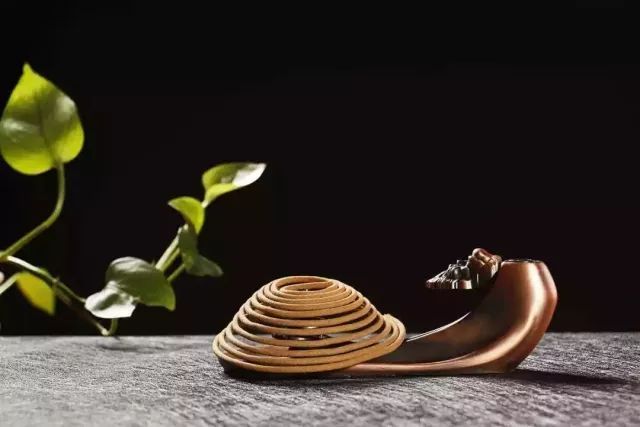
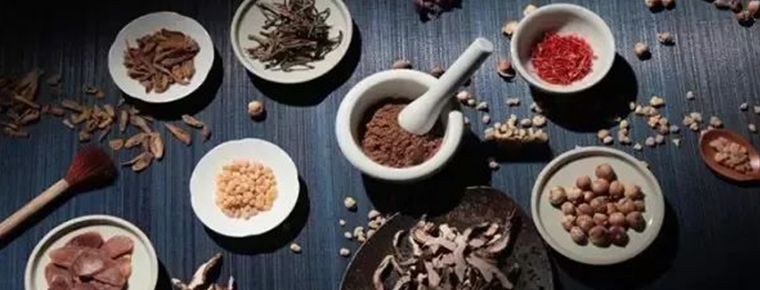
-
1.Weihai Liugong Island Scenic Area
WeihLiugong Island is located in Weihai Bay, the easternmost part of Shandong Peninsula. It has rich and unique cultural landscape, including the Warring States site dating back thousands of years
Time 2018-12-08 -
2.Shanghai Oriental land
Located in Qingpu District, Shanghai, Oriental Green Boat is the only large park in Shanghai that integrates outreach training, youth social practice, team activities and leisure tourism. Near the sce
Time 2018-12-20 -
3.yuyuantan park
Yuyuantan Park, AAAA grade scenic spot, is located in Haidian District. East Gate is adjacent to Diaoyutai State Guest House; West to West Third Ring Road is separated from CCTV Tower; South Gate is n
Time 2019-03-08 -
4.Eight Immortals
Raw materials: japonica rice, yellow millet, soybean, red adzuki bean, mung bean (fried with five flavors) 75 grams each. Fennel (washed) 150 grams, dried ginger, stir-fried white salt 30 grams each.
Time 2019-03-27 -
5.Legend of Cao Xueqin
The legend of Cao Xueqin refers to the story that the common people in the place where Cao Xueqin lived in his later years respected him and processed his deeds into a story.
Time 2019-04-15 -
6.Exhibit of lanterns
The Lantern Festival is an ancient folk culture in China. It generally refers to the large-scale lighting exhibition held by the government around the Spring Festival and the Lantern Festival
Time 2019-04-26 -
7.Munaozaiwa
In May 2011, Munaozaiwa declared by Dehong Dai Jingpo Autonomous Prefecture of Yunnan Province was listed in the third batch of national intangible cultural heritage list with the approval of the Stat
Time 2019-06-06 -
8.Qiang embroidery
Qiang embroidery evolved and developed on the basis of inheriting the ancient Qiang people's embroidery. Mainly distributed in Wenchuan County, two towns and four townships (Mianfu Town, Weizhou
Time 2019-06-10 -
9.Chengdu Dien Photoelectric Technology Company
As an energetic, young crystalline materials technology company, DIEN TECH specializes in the research, design, manufacture,and sell of a series of nonlinear optical crystals, laser crystals, magneto-
Time 2019-09-11 -
10.Huangjing Nature Reserve
This entry is lack of overview map, supplement the relevant content to make the entry more complete, but also quickly upgrade, come on!
Time 2020-10-16 -
11.Cultural undertakings in Panzhihua
As of the end of 2018, Panzhihua has 3 museums and exhibition halls; 50 cultural (Art) museums, including 44 cultural stations and 8 theatres and cinemas; and 6 public libraries, with a total collection of 990800 books. There are 43 Township radio and television stations and
Time 2020-12-14 -
12.History of Dazhou
Dazhou area belonged to Liangzhou in Xia Dynasty and Yongzhou in Yin Dynasty. The earliest indigenous people were the Cong people, who established the state of Cong (now tuxi Town, Quxian county). In the early Warring States period, Ba people migrated fro
Time 2020-12-20